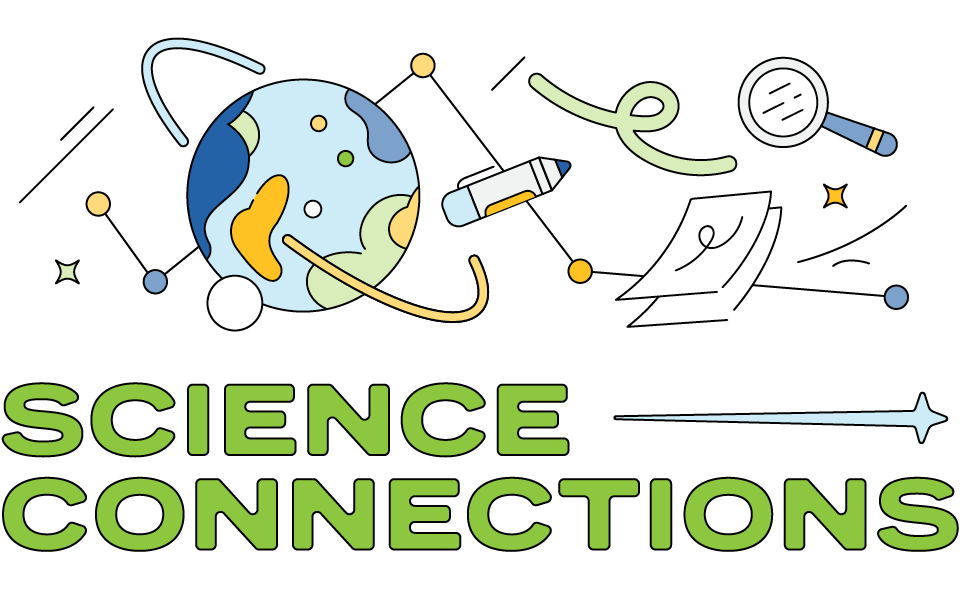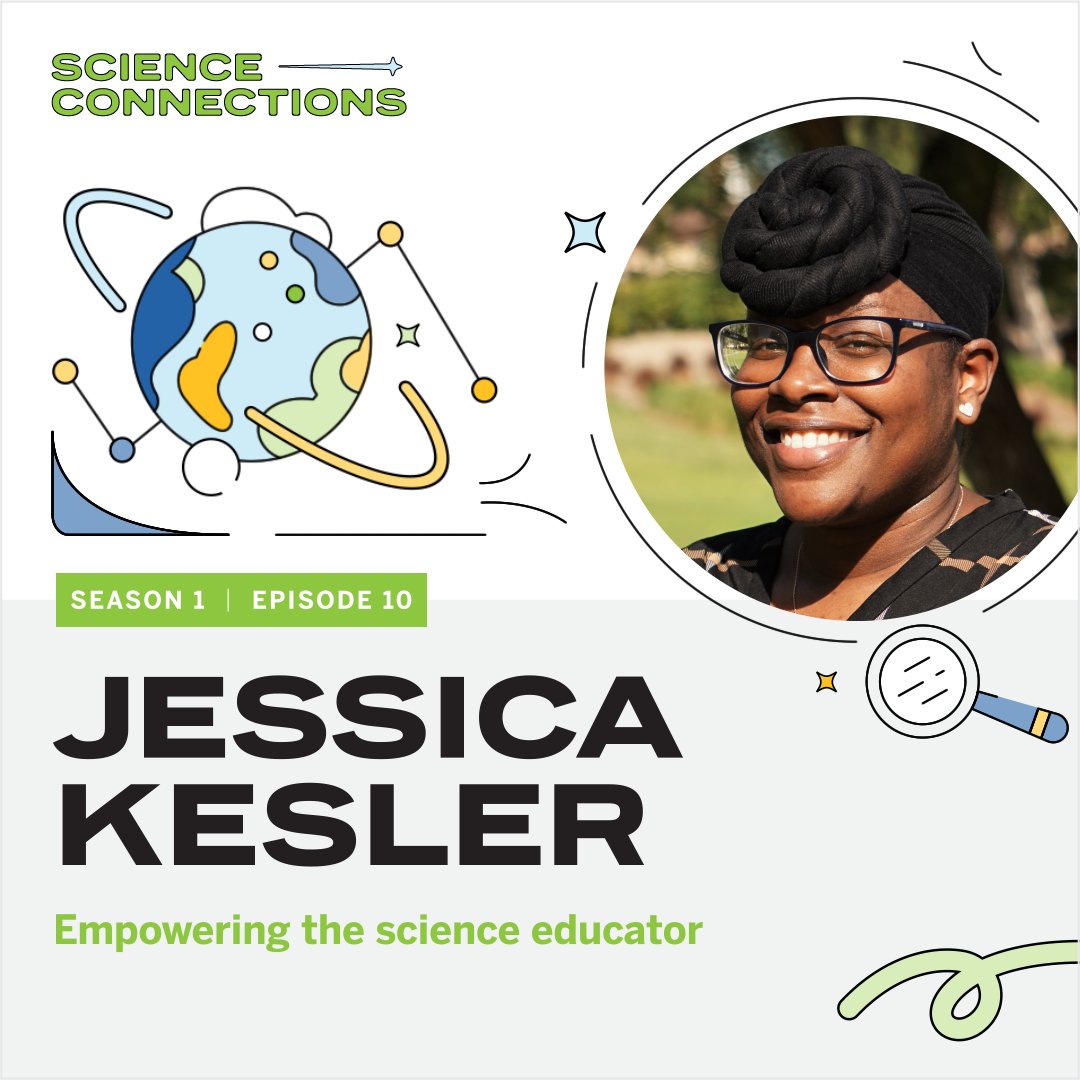
As we prepare for an exciting new season of Science Connections: The Podcast, weāre looking back at past seasons and sharing some of the amazing conversations weāve had so far.
Weāre so grateful to our 15 guests whose insight, expertise, and generosity have made our podcast (if we may!) one of the best science podcasts out there.
If youāre new here, welcome! In ¶¶Ņõ³ÉČĖ°ęappās Science Connections: The Podcast, host Eric Cross talks to educators, scientists, and subject matter experts about ways to best support and inspire the next generation of 21st-century scientists.
Get ready for season 3, with all-new topics and speakers, premiering in March!
Our first featured throwback episode, Bringing community and joy to the learning process in Kā8 science instruction, features physicist Dr. DesirĆ© Whitmore!
First, meet Dr. Whitmore
Dr. Whitmore has nicknamed herself āLaserchick.ā Itās a reference to the focus of her postdoc work at UC Berkeley, where she designed and built attosecond lasers. (These laser pulses, which emit x-ray light, are the fastest ever measured).
She later became a professor of laser and photonics technology at Irvine Valley College, as well as a science curriculum specialist for ¶¶Ņõ³ÉČĖ°ęapp. Sheās now senior physics educator in the Teacher Institute at the ExplOratorium in San Francisco.
There, she works to support middle and high school science teachers in teaching through inquiry. On a given day, she says, her role may include āmaking fudge or blowing darts with marshmallows across the room.ā
But it all began with bubblesāthe ones sheād blow as a child with her beloved great-grandmother. She was also the kind of kid who would do experiments in the microwave or take apart the vacuum cleaner. āI was always asking questions,ā she says.
Ā “Everything we do is science”āand more.
Here are some key takeaways from Dr. Whitmoreās conversation with Eric Cross.
- Let students do their thing. Whitmore and Cross talked about students who didnāt hew to the letter of the assignmentāand actually went beyond. Thatās more than okay.
I think itās amazing when we can realize as teachers that no, our job is not to just enforce rules on our students. Our job is to help students achieve more learning.
āDr. DesirĆ© Whitmore
- Representation truly matters. Dr. Whitmore, who is Black, recalls a chemistry teacher she had in high school who was also Black. “He looked like me and spoke the way I spoke,” she says. He also recognized that she knew a lot about chemistry, and half-jokingly encouraged her to teach the class sometimes. In Whitmore’s experience, representation like that can supersede content knowledge.
- Science is everything and everywhere. āScience is something that everyone in the world should and does do,ā says Whitmore. She sees part of her job as āhelping people understand that everything we do is science.ā
- Show scientists as real people. Whitmore recalls a time when an eighth-grader sheād known growing up was thrilled to recognize her in an Amplify Science video. The student knew her as a āregular humanā who likes āStar Trekā and āStar Wars,ā but now also sees her as a scientist. āThat really brought home for me the importance of my work,ā she says.
- Put teachers in studentsā shoes. As part of professional development, Cross and Whitmore agree that itās important for teachers to remember how it feels to have a questionāto not know. āThat helps me be in the position of my students emotionally,ā says Cross.
Perhaps thatās the most powerful way for teachers to connect with their future scientists: āTo experience science as a learner,ā says Whitmore.
Additional resources
Inquiry-based learning: 3 tips for science teachers
New professional development series for science educators
